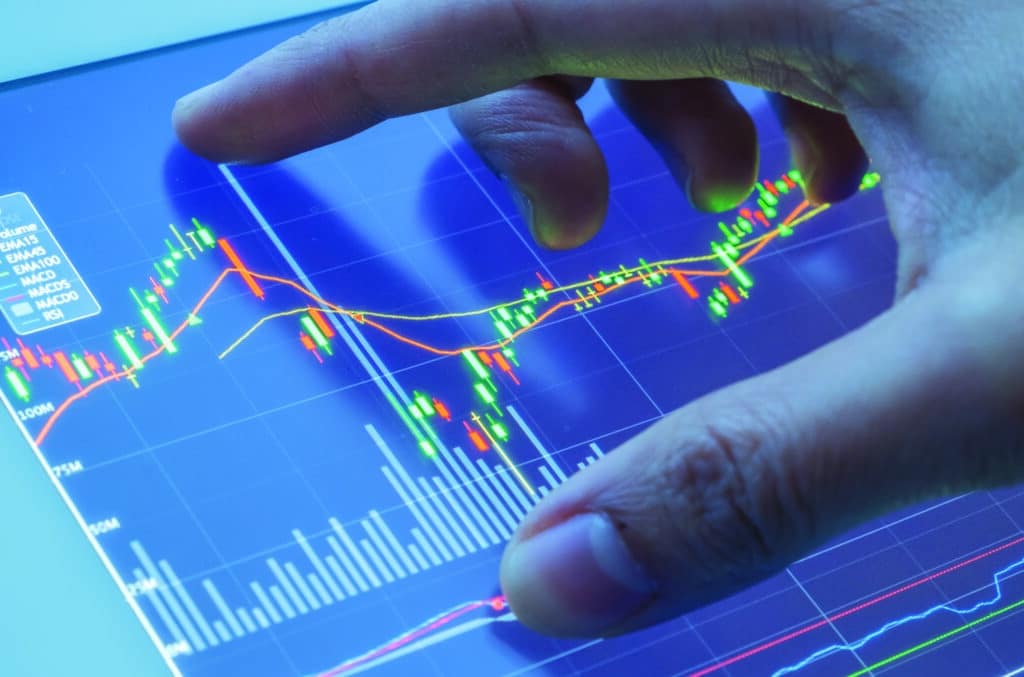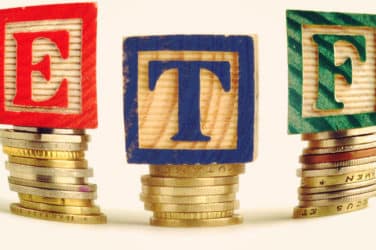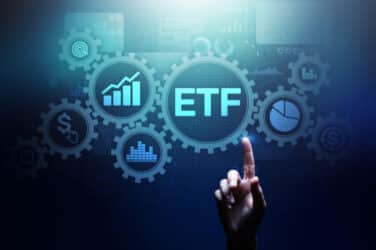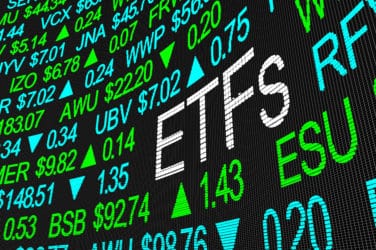
With Linda Middleditch, Chief of Product Strategy and Engineering, Itiviti
Why are exchange-traded funds (ETFs) growing in popularity?
ETFs globally have gone through an incredible growth phase over the past decade. The market has increased more than 700%, from below $1 trillion to around $7.7 trillion now (with a predicted volume of over $10 trillion by 2025 according to the recent Ernst & Young Annual ETF Conference).

While historically ETFs have been seen as a cost-efficient way to track passive investments, more recently we’ve seen considerable growth in the active and smart-beta space, and these types of investment vehicles now accounting for around 30% of the global ETF market.
The technology needed to support ETF trading has advanced considerably in the last decade. In the past it was necessary to build in-house, but now it is possible to find good vendor solutions, meaning that the asset is accessible to more banks than it might have been previously.
What are the challenges around sourcing the composition of ETFs?
Historically, compositions needed to be sourced directly from the ETF issuers. Whilst now there are some good vendor solutions like Ultumus and IHS Markit, however the absolute requirement for accurate, timely compositions means market makers still face a challenge in ensuring they have the appropriate level of verification checks on their side (to guard against the large potential losses which can be quickly incurred due to incorrect compositions and prices). The response to this challenge has been that market makers often need to source from a mix of vendors and make sure they have quick identification techniques for disparities (as well as a back-up solution should that be necessary).
What are the key components required in ETF market making platforms? What are the challenges ETF market making technology needs to solve for?
The fundamental requirement for the market making platform is that it should allow you to create a strategy – based on your risk appetite – to enable you to manage a bid/ask level in the market. The challenge with ETFs is that individual markets in the composition can be closed, so it is necessary to have flexibility to proxy a price if there is not one available for a constituent. Flexibility and ability to manage this proxy logic can make a huge difference. This same proxy logic should be available in the hedging component to enable you to maintain your desired position.
ETF market making platforms should include the following distinct functionalities:
- Latency and throughput
- Effective composition management (including vendor comparison if required)
- Flexible pricing model ability to use substitute products or proxies when a market is closed
- Flexible hedging component incorporating both manual and automatic triggers
- FX hedging across all the major currency pairs
- Support for cross-asset trading
The ETF market is truly where all the asset classes collide, which is what makes it so interesting. ETFs are quietly changing technology and moving the sell side towards cross-asset technology and workflow flexibility.
Describe ETF creation/redemption workflows, and how is this evolving?
The creation/redemption workflow is a critical part of trading ETFs and has for years remained stuck in a very manual workflow. Historically, ‘Authorised Participants’ (APs) have had to fax the issuers to request the ETF creation / redemption, with subsequent workflows on (T+1) to book the resultant trades in the system. This time delay causes significant settlement risk, especially within the Delivery Versus Payment (DVP) method.
More recently there is a move towards more automation in this space, with the emergence of platforms like ICE ETF Hub and with the FIX Trading Community working on a standard FIX messaging for communicating with issuers. Not all ETF issuers are there yet, but this will soon be another electronified workflow that must be embedded fully in trading platforms.
Fixed Income ETFs have increased in popularity. What are the necessary platform changes to support this?
Global fixed income ETFs have seen a huge increase – $10bn net inflow in the YTD up to Sept 2020 – and that rise is expected to continue. This is a really interesting space for the technology providers and it is a focus for Itiviti. The Itiviti focus has been on creating a platform that combines the workflows and requirements of an equity-like product, with the underlying, more manual workflows of the constituent bonds.
There has been talk of electronification in bonds for some time, but now we are seeing the change in reality and we are positioning ourselves to support this new dynamic. Very exciting times are ahead, including finally the ability to support workflows within a single platform which brings significant cost benefits for the clients. ETFs: Market Making and Trading Technology first appeared in the Q1 2021 issue of GlobalTrading.





